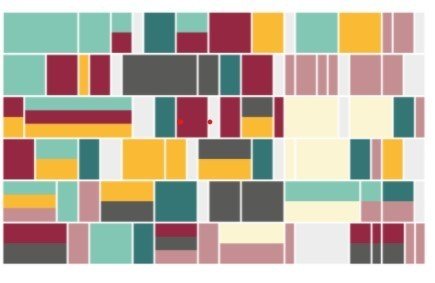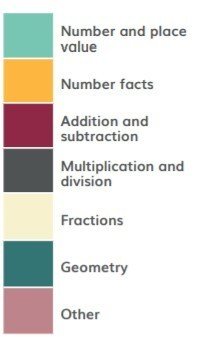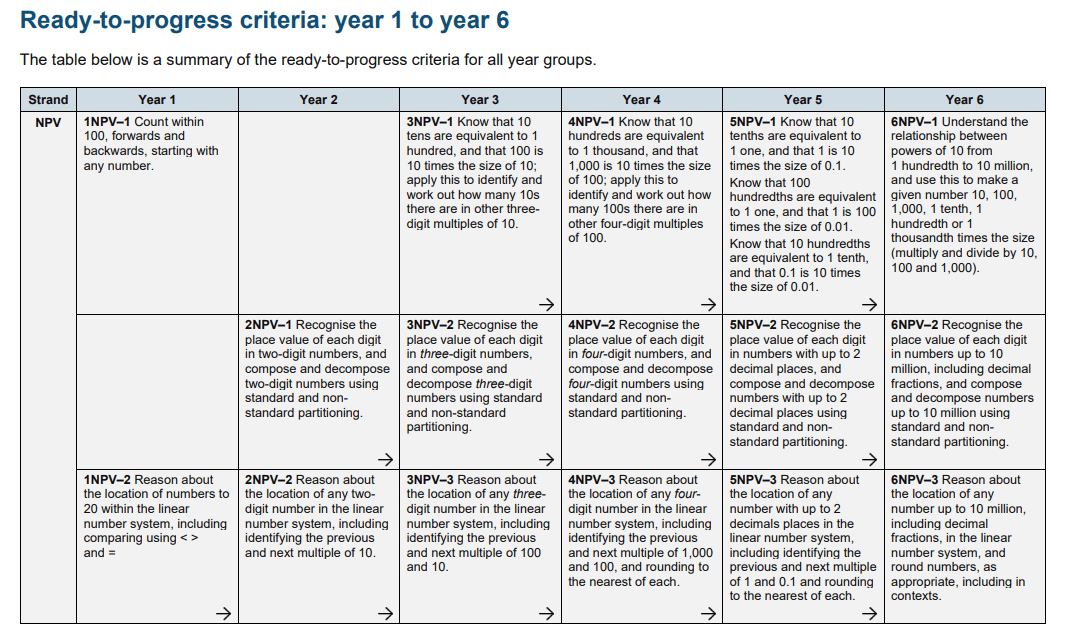Mathematics
When children leave Houghton-on-the-Hill Primary School, we aim for them to …
- Have a ‘can do’ attitude, demonstrating confidence, perseverance, enjoyment and curiosity for mathematics.
- Have confidence and competence, i.e. mastery, of numbers and the number system, including recall of facts, mental methods, jottings and standard written methods, reasoning and problem-solving.
- Have ‘number sense’ by demonstrating that they can be flexible in the methods that they choose; understanding and explaining these methods; producing accurate answers efficiently and recognising if the answer is ‘reasonable’.
- To be mathematical thinkers by noticing patterns, showing and talking about their thinking in different ways, making connections and seeing relationships, and noticing what is the same and what is different?
- Understand Geometry and Measures in a range of contexts.
- Be able to explain and make predictions from the numbers in graphs, diagrams, charts and tables.
- Use and apply their mathematical knowledge, skills and vocabulary in different contexts.
- Recognise the importance of mathematics in everyday life in the past, today and in the future.
We fulfil the aims in the following ways:
- Have an expectation that all pupils can achieve in mathematics. All pupils are encouraged by the belief that by working hard at mathematics they can succeed and that making mistakes is to be seen not as a failure but as a valuable opportunity for new learning.
- Provide a classroom culture where pupils are confident in taking risks.
- Carefully plan lessons that develop fluency, reasoning and problem-solving for all strands of the Mathematics Curriculum.
- Design lessons that have a high level of teacher-pupil and pupil-pupil interaction (‘ping pong’) where all pupils in class are thinking about, working on and discussing the same mathematical content.
- Provide differentiation, not through offering different content, but through paying attention to the levels of support and challenge needed to allow every pupil to fully grasp the concepts and ideas being studied. This is through precise questioning and by carefully choosing manipulatives and pictorial representations that help deepen procedural and conceptual knowledge together.
- Provide a challenge for those pupils who grasp ideas quickly through deeper analysis of lesson content and by applying the content in new and unfamiliar problem-solving situations – not by acceleration into new content.
- Quickly identify pupils who fail to grasp an important aspect of the lesson and provide rapid intervention to ensure that they are ready to move forward with the rest of the class.
- Provide pupils with the skills, vocabulary and confidence to become mathematical thinkers.
- Allow for a significant amount of time to develop a deep understanding of the key ideas and concepts that are needed to underpin future learning.
- Emphasise the structures and connections within mathematics which help to ensure that pupils’ learning is sustainable over time.
- Provide regular opportunities for pupils to rehearse key facts, such as number bonds and Measure facts, in order to avoid cognitive overload in the working memory, so pupils can focus on new ideas and concepts.
- Continually self –reflect on our own teaching and look for ways to improve our own professional development, such as sharing good practice within our school community, drawing on the expertise of others and researching ideas.
- Plan lessons that celebrate the use of mathematical ideas so that children have an interest in and enjoyment of the subject that will remain within them beyond their time at Houghton.
Overview of Planning
Our EYFS teachers are part of the Mastering Number Program and use this for daily planning. They supplement the whole class-directed teaching with carefully designed activities in their continuous provision.

This NCETM program aims to strengthen the understanding of number, and fluency with number facts, amongst children in the first three years of school, so in addition to the daily Maths lesson, years 1 and Year 2 are also using the resources for a 15-minute number session.
At Houghton, we have decided to use the Curriculum Prioritisation Materials from the NCETM (The National Centre for Excellence in Teaching Mathematics), a term-by-term framework to support planning and teaching for Years 1 to 6. Due to changes in the structure of the content taught at Houghton and gaps formed because of Covid, this year teachers may make slight changes in order to ensure content has not been missed, but we hope that in the coming years we can use this structure as it was intended.
This resource provides coherent sequencing for the primary maths curriculum. This means that at Houghton we have a progressive curriculum with consistent language, representations and calculation strategies from EYFS to KS2.
For each of Years 1-6, there is a mapping of the year's curriculum into around a dozen units.
This image shows you the weighting of each unit. The top row is Year 1 and the bottom row is Year 6. You can see that in the earlier years, we spend a lot of time on Number, Place Value, Addition and Subtraction.


The importance of FLUENCY cannot be underestimated. If your child knows 4 +6=10, they can use this fact for 40+60= 100, 0.4 + 0.6=1 etc. Pupils must be fluent in the facts below by the end of Year 2 and should continue with regular practice through Year 3 to secure and maintain fluency. It is essential that pupils have automatic recall of these facts before they learn the formal written methods of columnar addition and subtraction.
To support your child with fluency and number sense, we are part of the Mastering Number program with the NCETM. https://www.ncetm.org.uk/maths-hubs-projects/mastering-number/
We also use intervention from Numbersense.com to support children who have gaps in KS2.

The full set of multiplication calculations that children need to be able to solve by automatic recall is shown below. There are actually only 36 facts they need to prioritise. For example, if they know 7x6=42, then they also know 6x7=42. The Chinese actually call these the Small Times Table!

Pupils must be fluent in these facts by the end of Year 4 and should continue with regular practice to secure and maintain fluency. They should also use these facts to derive division facts.
Your child should have been given a log-in for Times Tables Rock Stars, but if not, ask your teacher for one.

Another useful website is https://www.timestables.co.uk/
You can use this website to test your speed too https://www.timestables.co.uk/speed-test/ or print off worksheets.
This Fluency Table summarises the order in which pupils should learn their Number Facts ( Addition/Subtraction and Multiplication/Division). Pupils learn the multiplication and division facts in 'families' e.g. 3,6 and 9 as they can use known facts to help them e.g. x6 is double x3.

Assessment
Assessment is ongoing and not limited to end-of-term tests. The small-step structure of our lessons means that any misconceptions or difficulties can be picked up earlier on before they become bigger misunderstandings. Teachers also use morning work and low-stakes quizzes to check for understanding and this will inform planning. We also assess a number of facts for addition and subtraction in Year 1,2, and 3 as we recognise the importance that fluency can have on future success, e.g. in Year 1 they will be assessed on their ability to subitise; in Year 2 we will check if they have recall of addition and subtraction facts within 10 and in Year 3 if they can cross 10 for addition and subtraction. Times tables are checked in KS2 and end-of-term tests are used to assess what has been taught so far. This information is shared each term with parents. There are some priority areas that children must understand before moving on and these are tracked. See below.




We use NCETM materials to help us plan and deliver lessons.
There are links on each year's group plan (2nd page +). By clicking on the links, you can see the different types of language, representations, strategies etc, that your child will be taught.
Parents may wish to consider the Usborne Maths Dictionary to support maths at home:




